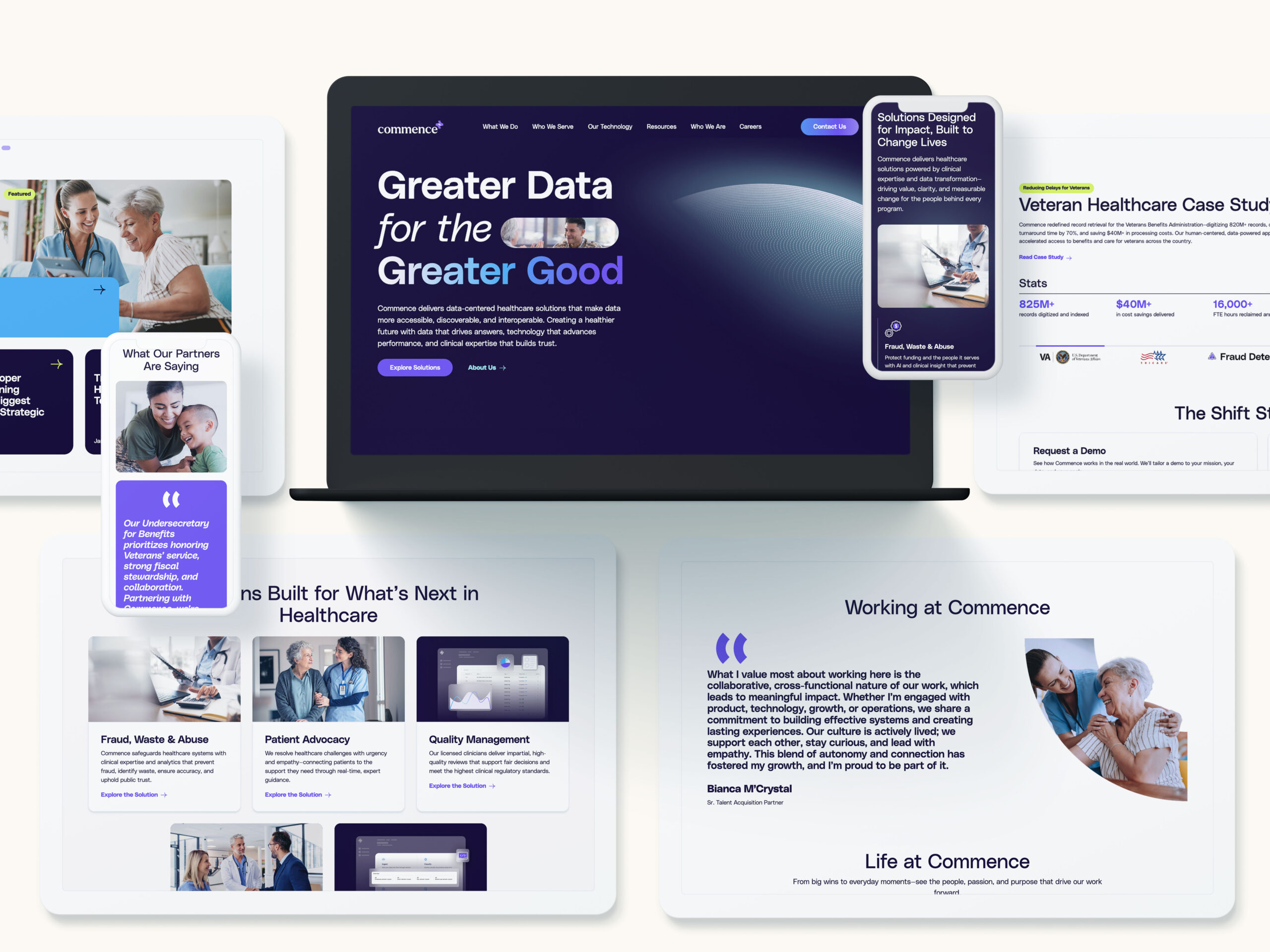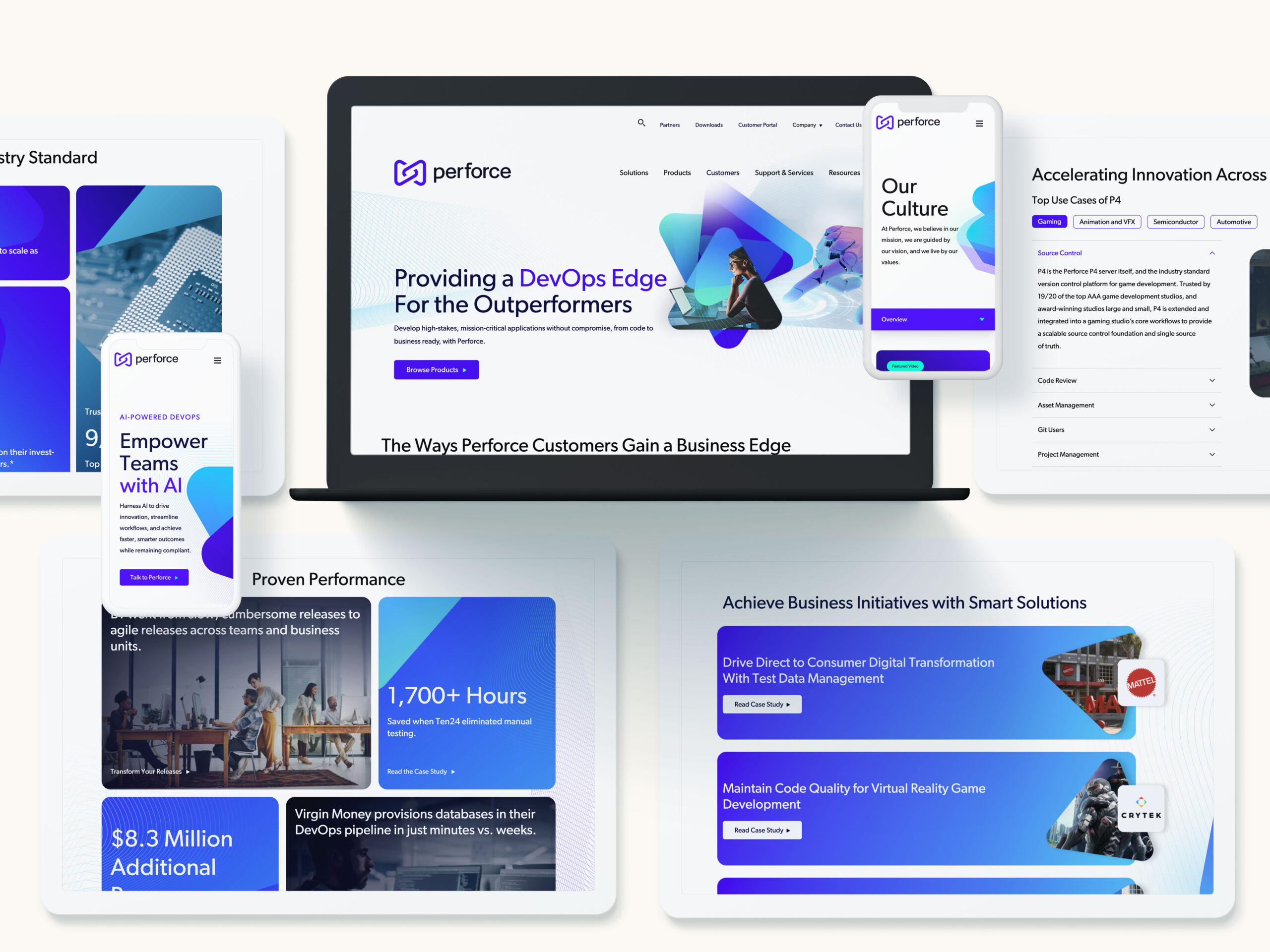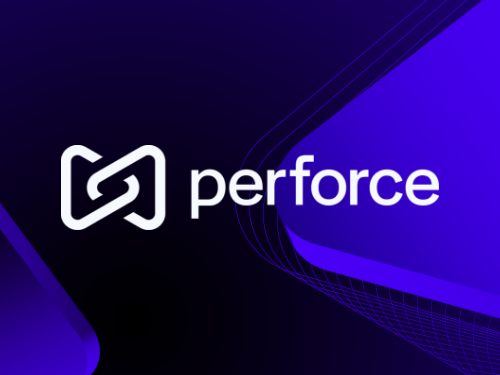When a private equity firm acquires a company, the clock starts ticking. Growth targets accelerate, performance metrics tighten, and marketing teams—often lean and under-resourced—are expected to deliver results fast. But unlike traditional businesses, private equity portfolio companies (portcos) face a distinct set of marketing challenges that require a strategic and scalable approach.
From legacy tech stacks to murky messaging, portcos must overcome foundational hurdles to build a modern marketing engine. Here’s a look at the most common challenges—and how to solve them.
High Expectations, Limited Time
Private equity ownership often brings a new level of pressure. Marketing teams must balance long-term brand strategy with short-term performance goals, all while navigating new reporting structures and operational expectations. Unlike a typical company with a 3–5 year brand horizon, portcos are often judged on quarterly metrics, driving a need for speed that can compromise strategy.
This urgency makes prioritization critical. Portcos must identify high-impact marketing opportunities—whether that’s clarifying their messaging, launching a new website, or streamlining their digital campaigns—to make measurable progress, fast.

Brand Confusion Post-Acquisition
Many portcos are acquired mid-transformation. They may have undergone leadership changes, shifted target markets, or expanded their offerings—yet their brand still reflects the company they used to be. This disconnect can confuse customers, dilute differentiation, and weaken marketing ROI.
Compounding the issue, some portcos are the product of roll-ups or mergers, with multiple brands, cultures, and customer expectations colliding under one roof. Without a clear brand architecture and narrative, marketing efforts struggle to gain traction.
Strategic rebranding, messaging workshops, and go-to-market alignment can bring clarity to the chaos and position the business for accelerated growth.
A Patchwork Tech Stack
One of the most overlooked challenges portcos face is their fragmented marketing infrastructure. Often, companies enter PE ownership with outdated or disconnected systems—multiple CRMs, legacy websites, spreadsheets in place of automation platforms, and inconsistent analytics tracking.
This patchwork approach stalls scalability. It makes personalization difficult, breaks campaign attribution, and undermines confidence in reporting. Worse, it creates operational drag when every minute counts.
An early-stage digital audit—assessing martech tools, CRM integrations, analytics setup, and automation workflows—can lay the groundwork for a performance-ready marketing engine.

Unclear or Undifferentiated Value Propositions
It’s common for portcos to lack a well-defined or updated value proposition, especially after acquisition. The business may be expanding into new markets, offering new services, or pursuing new customers—yet their messaging hasn’t caught up.
This gap often shows up on the homepage. If a prospective customer or investor can’t understand what the company does and why it matters within five seconds, they move on.
To avoid that drop-off, portcos need messaging that resonates with buyers and aligns with business strategy. Positioning exercises, persona development, and competitive messaging frameworks help clarify the value prop and give marketing a strong foundation to build from.
Resource-Constrained Marketing Teams
In many portcos, the marketing function is a small team—or a single individual—expected to manage everything from lead generation to website updates to investor presentations. While agile, these teams often lack the bandwidth or specialized expertise to execute complex campaigns at scale.
This creates risk. Without a strong partner or internal support, critical gaps in strategy, design, data, or digital performance can hold back growth.
Building a hybrid model—where internal teams focus on strategy and oversight, while external partners handle execution—can be a force multiplier that enables marketing to move faster and smarter.
Internal Misalignment and Change Management
Even the best marketing strategy will fall flat if it’s not aligned across the organization. Many portcos face internal tension between legacy leadership and new PE-backed direction. Sales may resist marketing changes. Product teams may pursue different priorities. Leadership may hesitate to invest in brand-building.
Change management is key. Marketing leaders must build internal consensus, align stakeholders, and ensure everyone is marching to the same strategic beat. Transparent communication, cross-functional workshops, and shared KPIs can help unify vision and accelerate progress.

Turning Challenges Into Competitive Advantage
While the hurdles are real, so is the opportunity. With the right strategy, tools, and support, private equity portcos can build modern marketing engines that not only meet short-term growth goals, but also create lasting enterprise value.
At Bluetext, we’ve partnered with PE-backed companies across industries to streamline operations, sharpen positioning, modernize digital presence, and generate measurable results—fast. Whether you’re a PE firm looking to elevate your portfolio or a portco ready to modernize your marketing, Bluetext can help. Let’s talk about how we can accelerate your growth.




